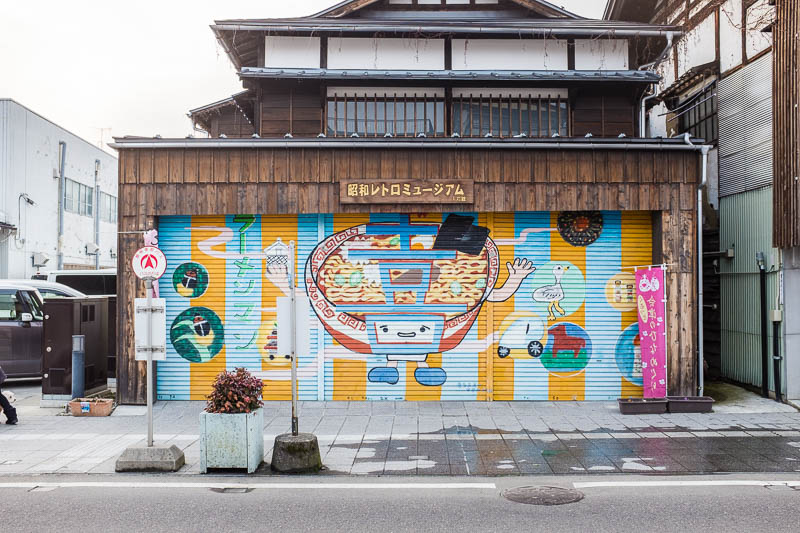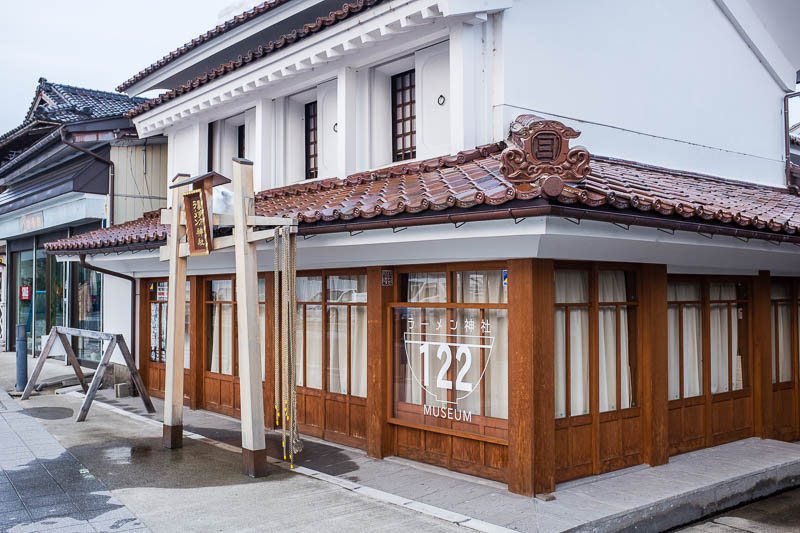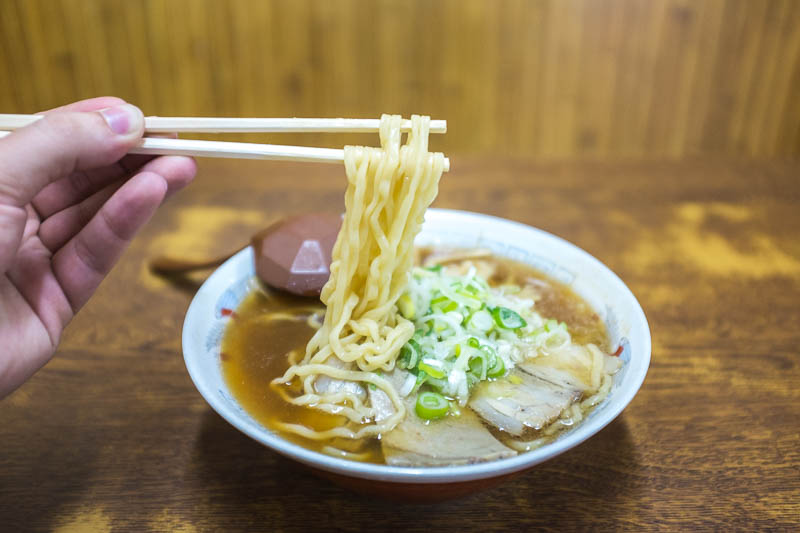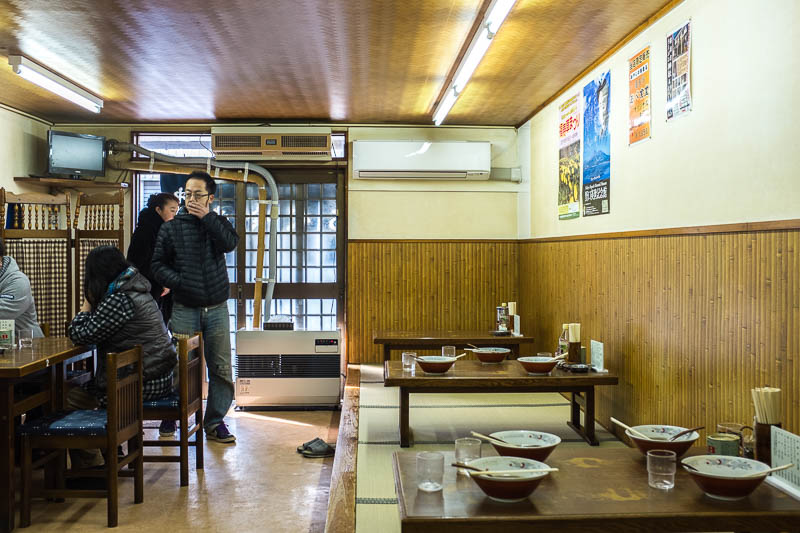KITAKATA | Imagine there was a place where you could eat ramen every day and nobody would bat an eyelid. A place where ramen is so popular that there’s a ramen museum, and shops serve who ramen to hungry locals for breakfast. Kitakata, in Japan’s Fukushima province, is such a place. Famous for its ramen, Kitakata has the highest per-capita number of ramen establishments in Japan – over 130 shops.
Kitakata ramen broth beings life as soy-sauce soup, with Niboshi (sardines), tonkotsu (literally ‘pig bones’, not to be confused with the ‘tonkotsu’ style of ramen) and sometimes chicken and vegetables added in and boiled to make the stock. Noodles are then added, and the dish is topped with chashu (thinly sliced barbeque pork), spring onions, fermented bamboo shoots, and sometimes naruto (cured fish cake). The reason that soy-sauce and Niboshi are used? They have been produced in Kitakata for centuries, are popular with locals, and the quality of both is very high.
Along with the broth, Kitakata ramen differs from ramen found elsewhere in Japan by using hirauchi jukusei takasuimen, which are thick (about four millimeters wide), wavy noodles that glide down your through due to the fact that a higher percentage of water is added to the flour than usual. The noodles are matured for a long period of time, which gives them a unique, firm texture.
The reason for the use of these noodles can be traced back to Genraiken, Kitakata’s first ramen shop, which was founded by Bankinsei, a 19 year old Chinese immigrant who came to Japan in 1925 to find his grandfather, who worked in a nearby coal mine. When he couldn’t find his grandfather, Bankinsei decided to stay in Kitakata and start a ramen shop, using noodles familiar to him. This ‘Shina Soba’ (Chinese Noodles) became increasingly popular over the years, and other shops started selling the unique ramen, which evolved over time into the ramen that Kitakta is known for today. In the 1970s, the media got wind of the unique and tasty ramen being served in this small town, and from then on it’s become of of Kitakata’s draw cards.
You can’t go too wrong with any of the ramen shops in Kitakata, but if you want a specific example, we can wholeheartedly recommend the tasty bowls at hole in the wall Abe Shokudō, who serve ramen from breakfast through lunch. Genraiken, the shop that started it all, is also still around and very popular, as are Shokudō Namae and Bannai Shokudō.
Any time of the year is a good time for Kitakata ramen, but Febuary is particularly notable as the month where the town’s annual “Ramen Festa” is held, which sees eight renowned ramen artisans from across Japan invited to the town to showcase their ramen.





